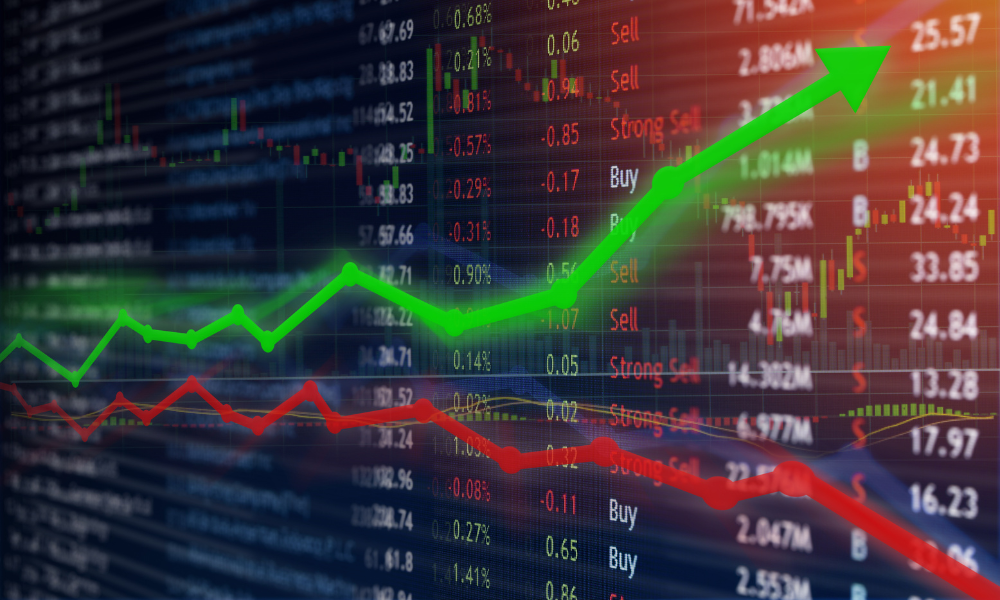New paper suggests including companies that score high on employee satisfaction can measurably add to a portfolio's performance

A new study suggests that beyond contributing to their own corporate performance, companies that invest in their employees’ happiness might be making their investors at least a little happier as well.
The paper, titled Employee Satisfaction and Long-run Stock Returns, 1984-2020, was written by Hamid Boustanifar and Young Dae Kang at EDHEC Business School in Nice, France. It expands on a similar study conducted by 2011 by analyzing a larger dataset and controlling for more variables, according to Institutional Investor.
Specifically, the two researchers used data from the Great Place to Work Institute to build a portfolio with companies that have ranked at or near the top the institute’s lists over the years. Those lists were built from an anonymous survey of more than 4.1 million employees in the U.S. that was first done in 1984, updated in 1993, and then used in compiling Fortune magazine’s annual list of “100 Best Companies to Work for in America” starting in 1998.
With the companies’ monthly returns as their basis for comparison, the researchers were able to rebalance as appropriate whenever the list was updated. To isolate the contribution of employee satisfaction to portfolio returns, they controlled for other factors such as size, book-to-market ratio, and momentum.
“The [returns were] not driven by firm characteristics, industry composition, or micro-cap stocks,” the two said.
The final portfolio Boustanifar and Kang came up with consisted of 283 companies, which they found had an average monthly return of 1.25%. That best-company portfolio did better than a portfolio built from companies with similar characteristics (monthly return of 1.14%) and another portfolio made up of companies in similar industries (0.95%).
They took their analysis further by controlling for other important factors, including the riskiness of the companies concerned. From that, they found that the best-company portfolio outperformed by roughly 0.2%, producing an annual excess return of around 2.5%.
The researches also examined portfolio returns during various turning points in the financial markets, including the dot-com boom and the subsequent crash, the 2008-2009 financial crisis, and the six-year stretch from 2014 until 2020 when interest in ESG was on the rise. They found that during crisis periods, the best-company portfolio held up particularly well.
It returned about 0.8% per month during the dot-com bubble crash, and 1.5% per month during the financial crisis. In contrast, the average equal-weighted best company displayed returns between 0.17% and 0.20% per month during the entire 36-year sample period.
“Overall, our results suggest that the stock market still undervalues employee satisfaction, which seems to have the greatest value in ‘bad’ times,” the two said.



